Treatments
Depending on where you live, your options for affordable Assisted Reproductive Technology (ART) may be limited. For example in Scotland you may receive up to three free cycles of in-vitro fertilisation or IVF, it varies in the UK from one to three or none at all in Ireland. If you are a same sex female couple in the UK you are permitted one free cycle with a sperm donor, whereas a single woman is not. And if you require surrogacy, then you need to consider destinations like USA, Canada or Mexico.
At FertiSupport we understand and we want to hold your hand through the choices you will be presented with. Choosing FertiSupport means you have access to experts who have the knowledge to save you time and money researching, who will refer you to personally verified consultants & patient care teams abroad and listen and who will answer your questions before, during and after your journey.
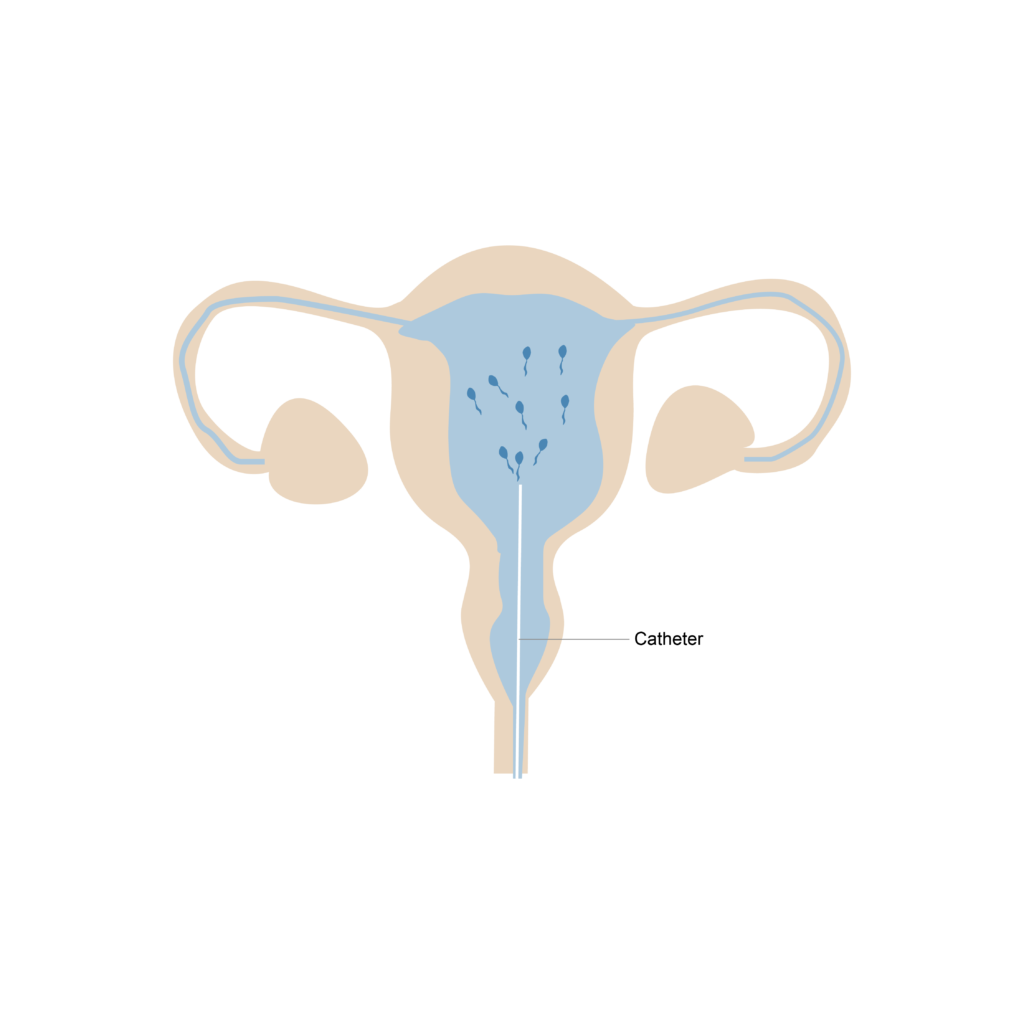
IUI
Intrauterine insemination (IUI) is a simple procedure that puts sperm directly inside your uterus, which helps healthy sperm get closer to your egg.
IUI works by putting sperm cells directly into your uterus around the time you’re ovulating, helping the sperm get closer to your egg. This cuts down on the time and distance sperm has to travel, making it easier to fertilize your egg. Semen is collected from your partner or a donor. Then your doctor puts the sperm right into your uterus. Pregnancy happens if sperm fertilizes your egg, and the fertilized egg implants in the lining of your uterus. IUI is a simple and low-tech procedure, and it can be less expensive than other types of fertility treatments.
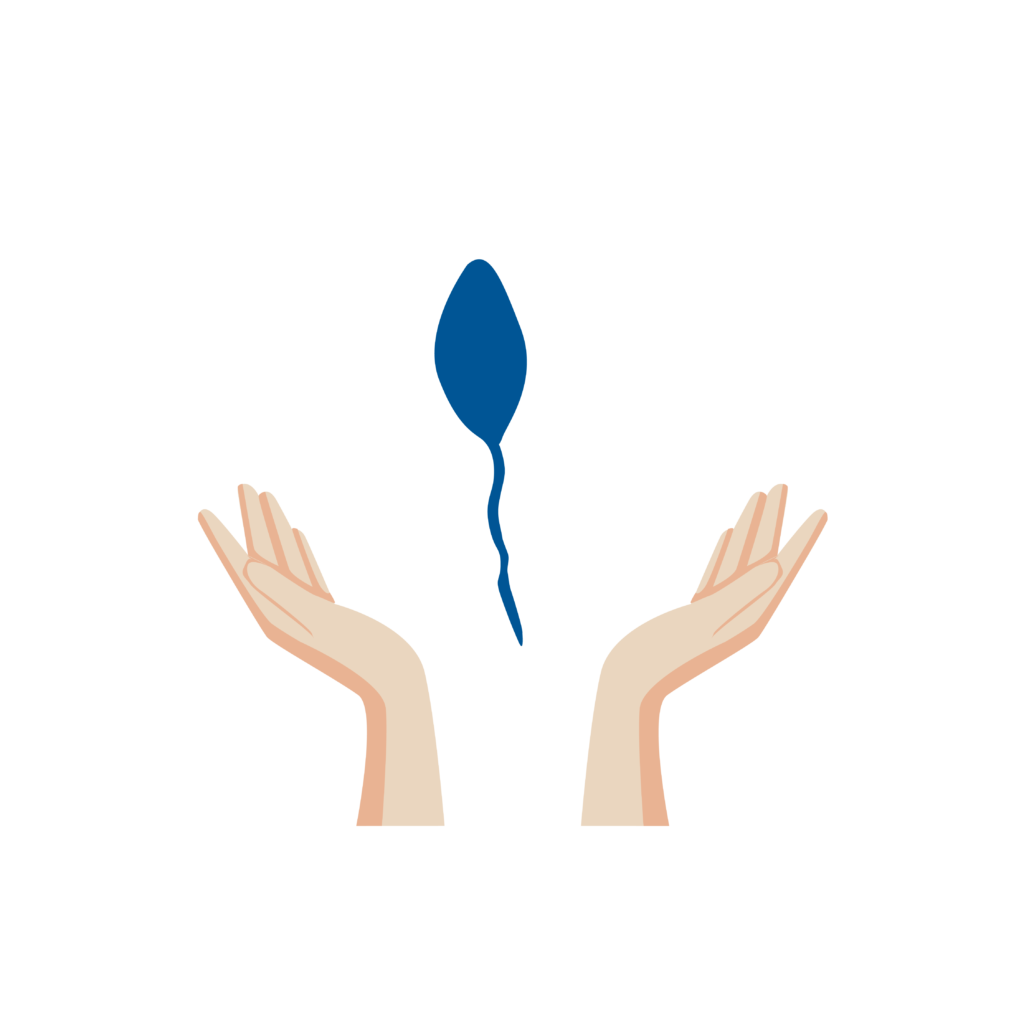
sperm donation
Where the sperm is of too low quality to fertilize an egg, donor sperm may be considered. There are limited countries where this service is available and you might have to choose from destinations like the UK, Sweden, Denmark, Germany or USA for such treatment.
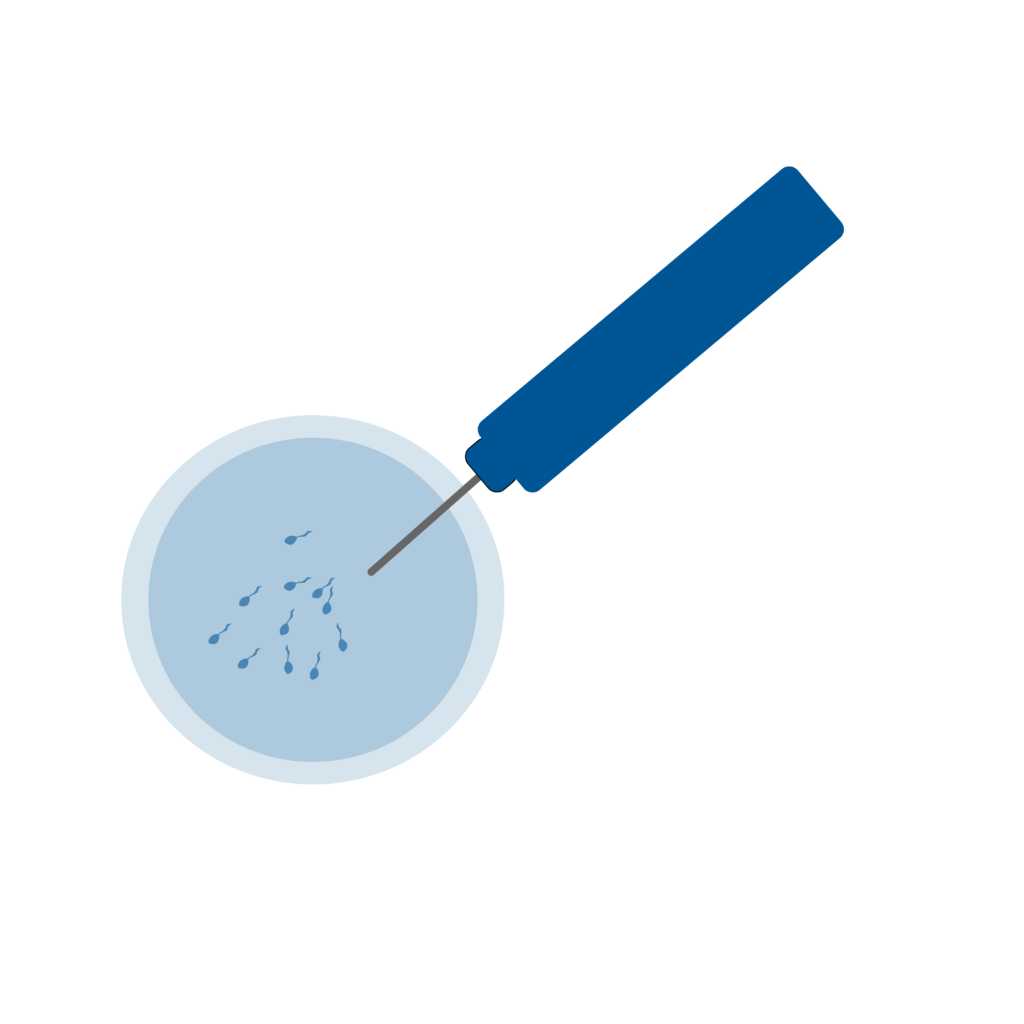
IVF
IVF means In vitro fertilization. During this procedure mature eggs are collected from ovaries and fertilized by sperm in a lab. Then the fertilized eggs (embryos) are transferred to the uterus. One full cycle of IVF takes about three weeks.
IVF is the most effective form of assisted reproductive technology. The procedure can be done using your own eggs and your partner’s sperm. IVF may also involve eggs, sperm or embryos from a known or anonymous donor. In some cases, a gestational carrier (a woman who has an embryo implanted in her uterus) might be used.
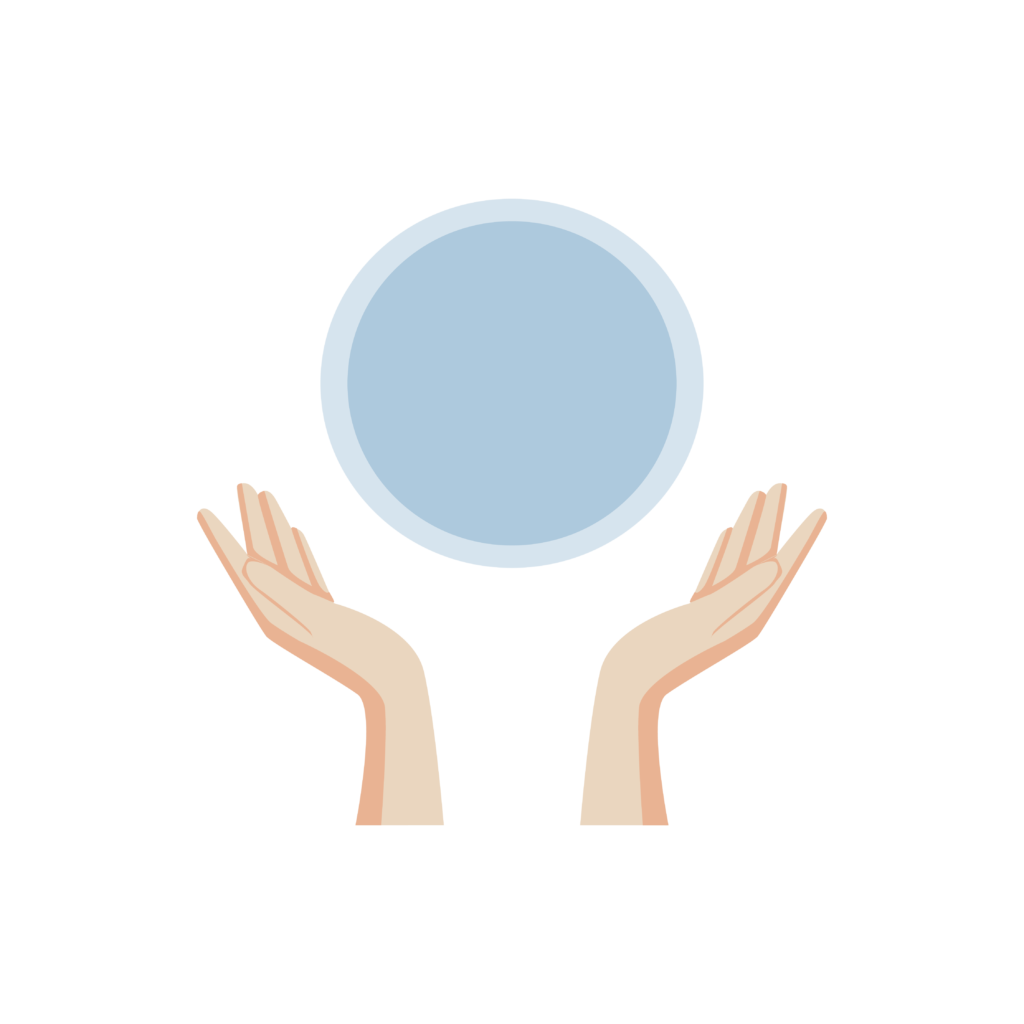
Egg donation - Embryo donation
Egg donation is a process in which a fertile woman donates an egg, or oocyte, to another woman to help her conceive. It is a part of assisted reproductive technology (ART).
The procedure involves a doctor removing eggs from a donor, fertilizing them in a laboratory, and then transferring the resulting embryos into the recipient’s uterus. Doctors do this using an implantation procedure as IVF.
Egg donation and embryo donation frequently benefits women who cannot use their own eggs for various reasons, including ovarian failure, avoiding congenital anomalies in the fetus, or advanced age.
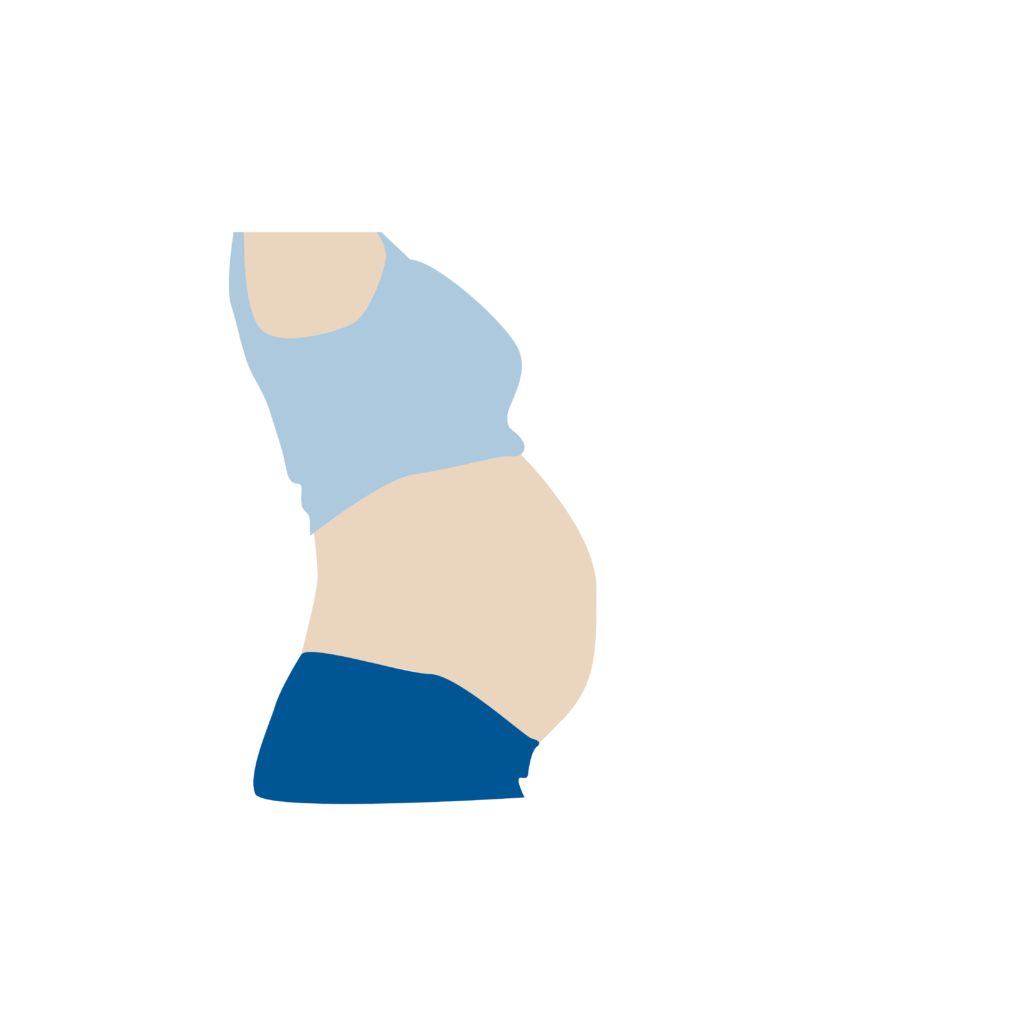
Surrogacy
A surrogate mother is a woman who carries and gives birth to a child for someone else. This is usually a gay couple or a straight couple whose wife can produce good eggs but, for various reasons, cannot carry and/or bear children herself. In the case of a heterosexual couple, an egg from the desired mother is then fertilized with the sperm of the desired father. The embryo is placed in the surrogate mother’s uterus. Sometimes also the surrogate mother is fertilized with the seed of the wish father and then she is thus the genetic mother.